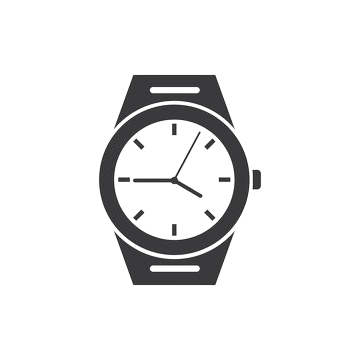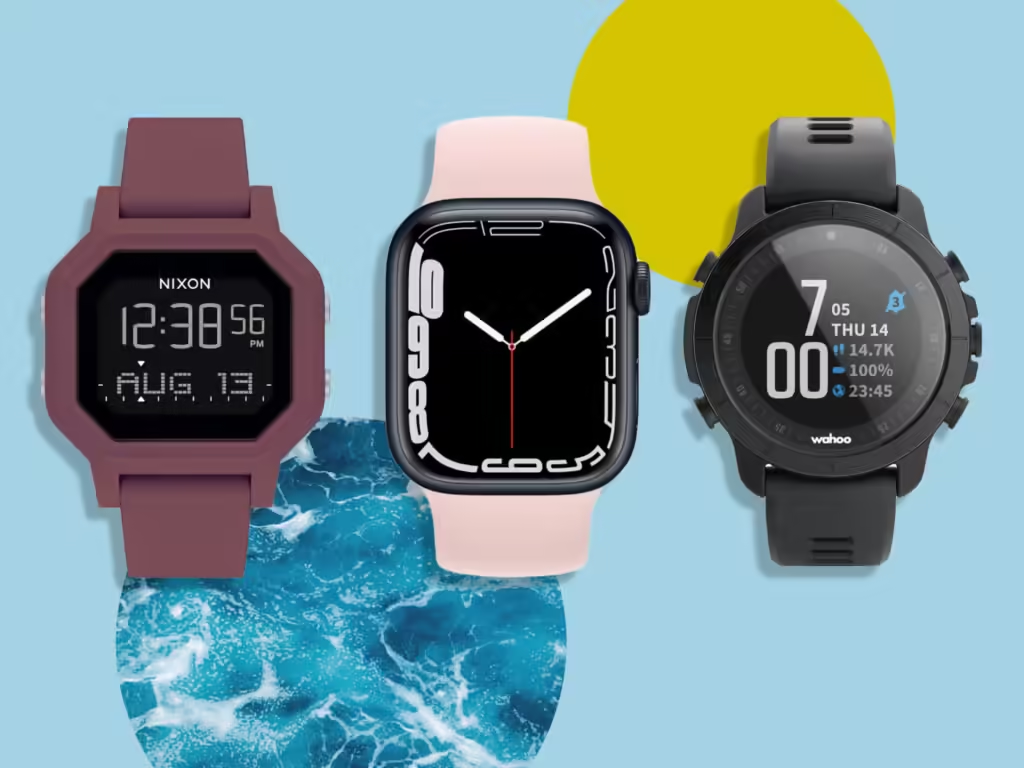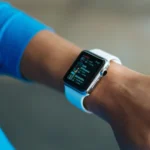Introduction
Waterproof watches have evolved significantly over the years, from simple water-resistant designs to sophisticated timepieces capable of withstanding extreme conditions underwater. Understanding waterproof ratings and the technology behind them is crucial for watch enthusiasts, whether they prefer diving into the depths or simply want a reliable timepiece for everyday wear.
Evolution of Waterproof Technology
- Early Water-Resistant Designs:
- Historical overview of early attempts to make watches water-resistant.
- Challenges faced by watchmakers in achieving waterproof capabilities.
- Role of the O-ring:
- Introduction of the O-ring seal and its impact on waterproofing.
- How O-ring technology transformed watch design.
Waterproof Ratings Demystified
- Understanding ATM and Meters Ratings:
- Explanation of ATM (atmospheres) and meters ratings.
- Differences between 3 ATM, 5 ATM, 10 ATM, and higher-rated watches.
- Practical implications for water resistance based on ratings.
- ISO Standards and Testing:
- Overview of ISO 22810:2010 and ISO 6425:2018 standards.
- How watches are tested to meet these standards.
- Importance of ISO certification for ensuring water resistance reliability.

Technology Behind Waterproof Watches
- Case Construction:
- Materials used in waterproof watch cases (e.g., stainless steel, titanium, ceramics).
- Impact of case design on water resistance.
- Sealing Mechanisms:
- Detailed exploration of sealing mechanisms (e.g., screw-down crowns, case backs, and gaskets).
- How these mechanisms prevent water ingress.
- Crystal Types:
- Differences between sapphire crystal, mineral glass, and acrylic.
- Impact of crystal type on water resistance and durability.
Advanced Waterproof Features
- Helium Release Valves:
- Purpose and functionality of helium release valves in diving watches.
- Case studies of popular models featuring helium release valves.
- Gaskets and Lubrication:
- Importance of gaskets and lubrication in maintaining water resistance.
- Technologies used to enhance gasket performance.
Specialized Waterproof Watches
- Diving Watches:
- Features and specifications of dedicated diving watches.
- Case studies of iconic diving watch models (e.g., Rolex Submariner, Omega Seamaster).
- Professional and Military Applications:
- How military and professional divers influence watch design.
- Requirements for specialized military-grade waterproof watches.
Maintenance and Care Tips
- Routine Maintenance:
- Importance of regular servicing for maintaining water resistance.
- Recommended servicing intervals for waterproof watches.
- Avoiding Common Mistakes:
- Common mistakes that compromise water resistance.
- Tips for proper care and handling of waterproof watches.
Future Trends in Waterproof Technology
- Innovations in Materials:
- Exploration of new materials enhancing waterproof capabilities.
- Impact of materials science on future watch designs.
- Emerging Technologies:
- Role of nanotechnology and advanced coatings in waterproofing.
- Predictions for future advancements in waterproof technology.
Conclusion
In conclusion, understanding waterproof ratings and the technology behind them is essential for both watch collectors and everyday users. From historical developments to cutting-edge innovations, waterproof watches continue to evolve, offering reliability and durability in various environments. Whether you’re diving into deep waters or facing everyday challenges, a properly waterproofed watch ensures your timepiece remains functional and stylish for years to come.
References
- List of sources and references used in compiling the article.
This comprehensive guide not only educates but also empowers readers to make informed decisions when selecting and caring for their waterproof watches.



